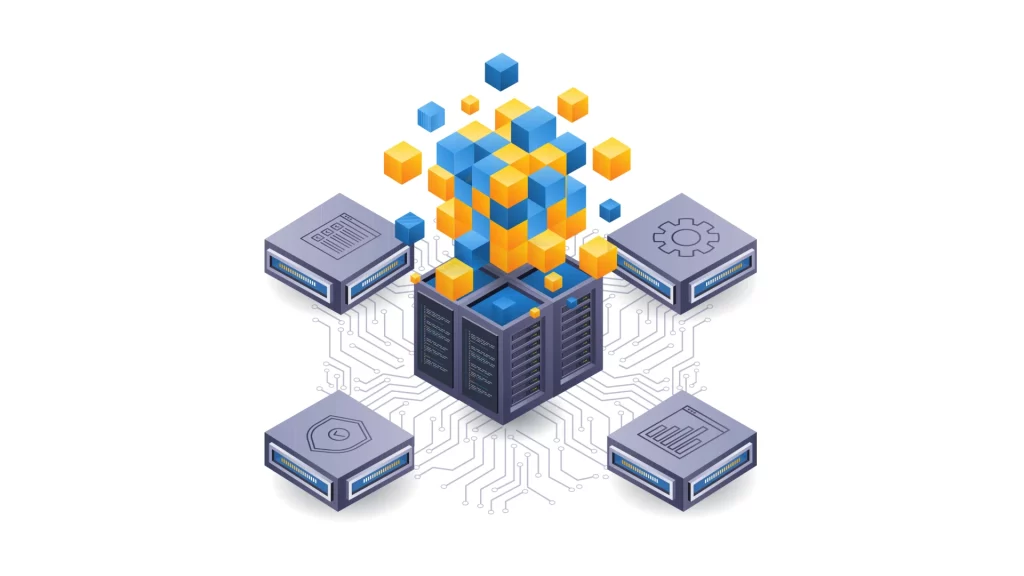
What Are the Differences Between Holochain and Blockchain?
In this article, we will ask you “What are the Differences Between Holochain and Blockchain?” we will dwell on it. In order to understand the differences between them, we first need to focus on “Distributed Ledger Technology”.
Distributed Ledger Technology (DLP)
Distributed ledger technology (DLP) is a concept that is popular with bitcoin. This concept is a kind of collective work system. This system allows to be accessible while working, to be constantly updated, to perform operations in a decentralized structure. Unlike the traditional structure, it has a decentralized structure. Simply put, it is a data recording system. The fact that it can be recorded in many places, that a classic notebook can be lost or manipulated, but that it is under control, creates a safe structure for the users of this technology.
Blockchain
Blockchain technology, which we have come up with Bitcoin, the first crypto currency, performs the transactions made in a network in blocks. When performing these transactions, it generates a separate hash for each transaction made. If a change is made in the block, the hash will change and it will be understood that a different transaction has been made. These transactions are publicly broadcast to each node in the network on a ledger. This brings transparency with it. Blocks contain information from the previous block. Thus, the chain is formed.
Holochain
It is a kind of distributed ledger technology that we can call newer than Blockchain technology. The Holochain team has some propositions that really rival other ledger technologies. In particular, the Holochain team is looking to change the structure of the internet as we know it.
We mentioned that the technology is decentralized. The Holochain team states that the internet is not completely decentralized and that they aim to create an optimum structure.
What Are the Differences Between Holochain and Blockchain?
When we look at the basis of holochain and blockchain, some differences emerge. While the purpose is similar for both technologies, there are differences in structure. Holochain is a technology that does not reveal a different structure from the structure we use today.
Like blockchain, Holochain aims to allow secure and transparent transactions between users on the network. The information on both platforms is cryptographically secure and cannot be altered. Also, both platforms allow users to interact peer-to-peer. In this way, they can interact directly and without the need for a central authority.
If we look at the differences apart from these similarities, it aims to offer a more dynamic and fast structure. Blockchain aims to decentralize transactions so that users can interact directly without the need for an intermediary. In contrast, Holochain wants to distribute interactions to users.
Holochain allows users to make unlimited transactions in one second with the distributed networks it creates. Thanks to this, it is a large network that is unlimited in terms of the number of transactions.
In the blockchain network, nodes rely on a single network to initiate and verify transactions. So, as more blocks join the chain, the fees associated with transactions as well as the computational burden increase. Rather, the nodes in Holochain run on their own chains. For this reason, there is more room for calculations.
In Holochain, each node runs on its own chain, which means that there is no need for miners. For this reason, transaction fees are almost non-existent. Moreover, this means that there is no tokenization on the platform, but rather smart contracts rule the space.